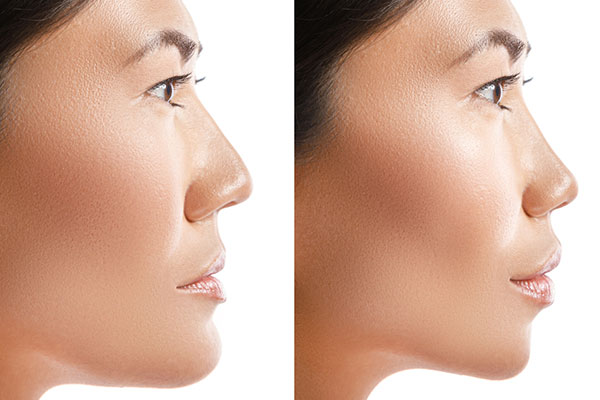Orthognathic Surgery
Orthognathic surgery is the interventions to be carried out on the bones of the upper jaw and the advancement and regression of the bones of the lower and upper jaw for the purpose of a healthy mouth structure, biting and aesthetic appearance of the face.
As a result, in the normal bite position, our upper teeth slightly cover our lower teeth.
Before the surgery
Smoking should be stopped before the operation. Patients should prepare for the long treatment right from the start. It is required to gain weight before the operation (solid food intake will be limited for a certain period after the operation).
It must definitely be treated by dentists (orthodontists) for the correct alignment of the teeth. During this time, orthodontists place “surgical wires and hooks” on the upper and lower teeth.
Orthognathic surgery
These are operations that take 3-7 hours under general anesthesia. After the patient has been prepared by orthodontics, how many mm of the jaws will be moved and what movement of the jaw bone is planned with the joint evaluation.
Surgery is planned by taking charts and tomographs and photographs are taken. According to the final plan, the maxillary bones are cut in the appropriate place (osteotomy), titanium plates or fusible plates are used to fix the bones. There may be swelling all over the face, if surgery is done on both jaws, a night in the ICU can be taken as a precaution to minimize the effect of the swelling on the airways.
Postoperative
The patient is prescribed appropriate antibiotics to prevent infection. Treatment of pain and mouthwash begins. Usually the next day he is fed with liquid food.
Oral hygiene is started the next day and the jaws are covered with each other by applying gum to the teeth. The chin is kept closed for 10-14 days. Pain relievers and antibiotics are given to patients against the risk of infection. The patient is usually discharged on the 5th day after surgery.
Things to know
After orthognathic surgery, there may be numbness in the lower lip and jaw area, in the taste and sense of the tongue, and in the facial mimic muscles due to nerve damage. This may differ depending on the area to be worked on.
These types of nerve injuries can usually heal in 6-12 months or can be permanent. Problems with the jaw joints can persist after orthognathic surgery. After orthognathic surgery, weight loss will be visible for a while due to a predominantly liquid diet. Orthodontic treatment can be continued for a while after orthognathic surgery is successful. Rhinoplasty and lip aesthetics can be performed simultaneously with orthognathic surgery. Orthognathic surgery, dental care, planning, surgical process is a long process that requires patience.

